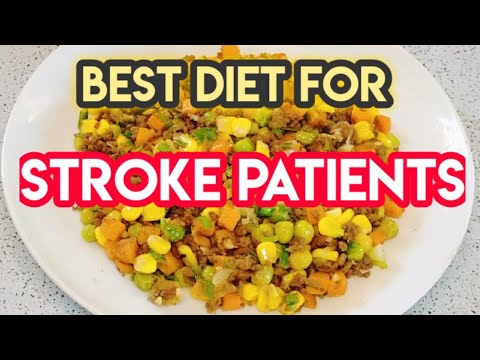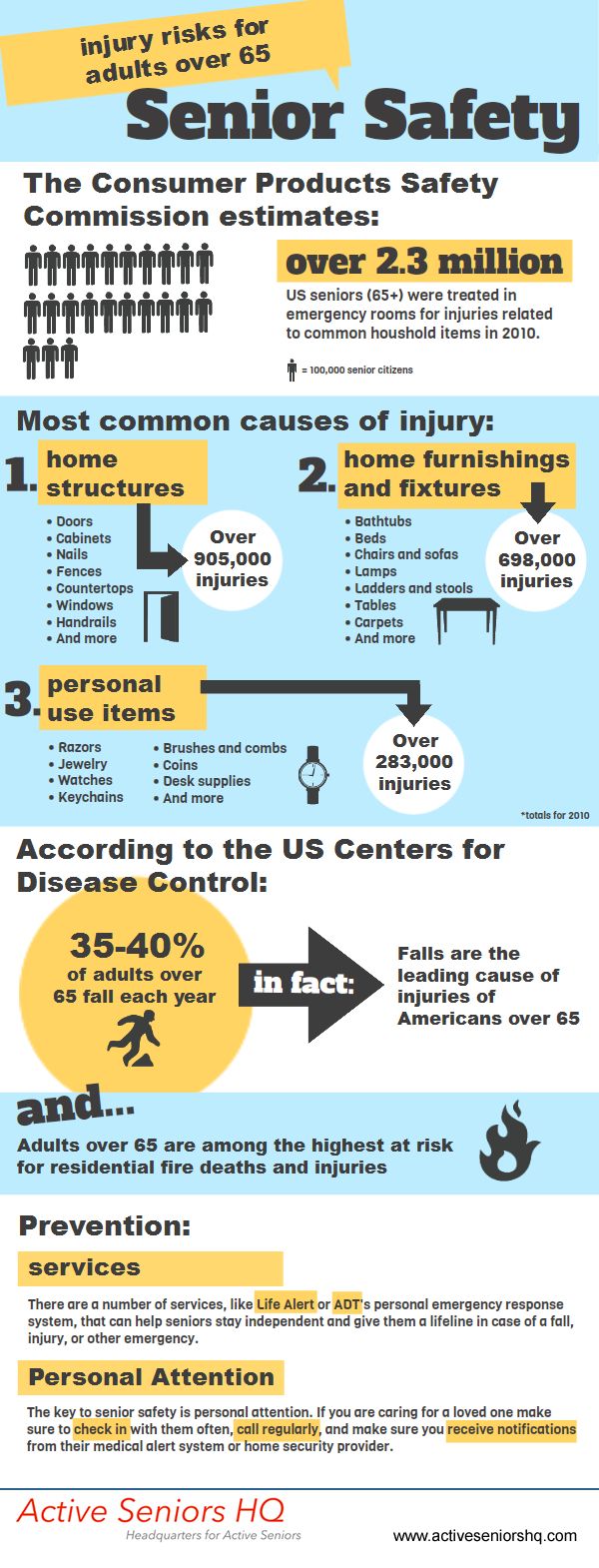
Comprehensive school health programs can't be standardized. It must be developed and implemented locally, with a commitment of resources. Collaboration among school stakeholders is key to the WSCC Model, which includes parents, students, health professionals, and parents. Healthy learning environments are an integral part of a healthy school health program. You must also ensure that it is safe and promotes mental and physical well-being. The WSCC Model emphasizes early detection of illness and injury, and assessing effectiveness.
The WSCC Model is the most commonly used model for school-health and it is a good match for a range of reasons. The WSCC highlights the importance of community support and places students' needs in the centre. It emphasizes the link between academic achievement and health, and promotes the use of evidence-based school policy to improve health. SHI from the AFHK also contains cross-cutting questions that aim to support policies and practices related to multiple health topics.

Although schools cannot solve all the nation's health problems, they can coordinate efforts from many sectors to improve the health and well-being for young people. This effort must include parents, youth-serving organizations and health care professionals. While there are a number of approved school-based programs, they are often not known by the general public. The school-based healthcare program should improve the lives for young people and their communities, while lowering the cost of health and education.
The SHI guide provides detailed information about school health, identifies strengths/weaknesses, and sets goals and areas of improvement. The SHI guide summarizes all of the responses from respondents and provides suggestions for improvement. Schools can make it easier to create an inclusive and healthy environment that benefits all students and staff with a comprehensive SHI. This guide can be used to help schools develop a culture that promotes health and better outcomes for students and staff.
A school-based health program that focuses on students' health and well being. Its focus is on six priority behaviors that affect the health and well-being of young people. The program must address nutrition and foodservice as they account for nearly two-thirds all deaths and other morbidities in young people. These services should be provided alongside family involvement. Therefore, staff and parents should be involved in all aspects school health care.

The WSCC Model emphasizes preventive service in schools. The WSCC Model includes services that are not offered in most other settings. These services cover a wide variety of health topics and stress the importance that the family plays in the children's growth. The WSCC model promotes wholechild health. The program can also help communities improve their quality of life. These activities have a positive affect on the mental well-being and health of children.
FAQ
What is a good gym routine for you?
Regular exercise is key to staying healthy. You don't have to do the same type of exercise every day, it doesn't really matter. Consistency is the key. To achieve success, you need to persevere for a long time.
Begin by starting to do a little bit of physical activity each day (like walking). Gradually increase your exercise time until you are able to spend 30 minutes per day. This could be running, biking, swimming or weight training.
You should try to ensure that you exercise most days of the week. If you have a valid reason to skip a session, it is best not to.
Make sure to wear appropriate clothing and footwear for outdoor exercise. Weather conditions can also affect your ability and safety to exercise.
When you exercise, drink plenty of fluids. Drinking alcohol during exercise can cause dehydration. Caffeinated beverages such as tea, coffee, and cola should be avoided. They may give you energy, but they will also dehydrate you.
You might feel tired when you start to exercise for the first time. You'll feel more energetic and refreshed if you keep going with your exercise program.
Is Cardio Better Than Strength Training?
Both are equally good. For those who want to gain muscle quicker, cardio is a better choice.
Cardio burns far more calories per min than strength training. It also burns fat more efficiently.
Strength training increases muscle mass but takes more time than cardio.
Which order is best for working out?
It all depends on your goals. First, lift heavy weights if you are looking to increase muscle mass. Then move into cardio. If you are looking to lose weight, then move on to strength training.
Cardio can be done if you want to just lose fat. After that, you can add strength training.
Cardio is the best way to build muscle mass.
Also, eat before you workout. This will fuel your muscles, making them work harder. Plus, it makes you feel better during your workout.
How many times a week should I exercise?
It all depends on your time and the type of exercise that you enjoy. You should do moderate-intensity aerobic exercise three to five days per week. It is important not to overdo it. For maximum results, consistent exercise is key to getting the most out of your workouts.
Which exercises are best for me?
It all depends on your fitness goals. Some people choose to focus on endurance activities, such as swimming, cycling, and running. Others like lifting weights or using resistance band. There are many types and styles of exercise available today. You can choose the one that best suits you.
What is the Best Workout for Men Over 40 Years?
Older men often have more energy and stamina when they exercise.
It is important for you to know that over 40s experience a reduction in testosterone which can lead to lower sex drive.
This doesn't mean that you shouldn't still engage in physical activity. Studies have shown that some men can get more testosterone from regular aerobic exercise.
An aerobics routine is a great way to increase your sexual performance.
How many calories should I eat daily?
This varies from person to person. An average person needs 2000-2500 calories per day. The factors that determine how many calories are needed for you include your gender, age, height, activity level, lifestyle, and gender.
Statistics
- Candidates and applicants must pass all four tests at 70% (minimum level) to graduate from Basic Deputy U.S. Marshal (BDUSM) Training. (usmarshals.gov)
- An estimated calorie range for moderately active adult males falls between 2,200 to 2,800 calories per day, depending on age. (eatright.org)
- According to the American Academy of Dermatology (AAD), men over 50 are at a heightened risk of developing it. (healthline.com)
- Cardmembers earn 5% Back at Amazon.com with a Prime Credit Card. (amazon.com)
- According to the American Heart Association, blood pressure should be checked at least once every two years, beginning at age 20. (my.clevelandclinic.org)
External Links
How To
How can I burn fat and exercise?
Exercise helps you lose calories by increasing your metabolism and oxygen intake.
Exercise at a moderate intensity to safely lose weight.
These are some tips to help you lose fat while working out:
-
Cardio exercises include swimming, running or cycling.
-
You can exercise for 30 mins three times per week.
-
Add strength training to your workouts if you are looking to lose more weight.
-
Avoid doing intense exercises. It's possible to build muscle, but not lose it.
-
Hydrate well during exercise. Water helps to flush out toxins from the body and maintains proper hydration.
-
After working out, make sure to drink low-fat proteins shakes. Protein shakes are great for your muscles and energy.
-
Smaller meals are better for you.
-
Don't skip breakfast! You can feel tired and slow if you skip breakfast.
-
Take care of your mind. Stressful situations can affect your metabolism.
-
Keep a positive attitude. Research shows that overweight people gain more weight if they believe they are overweight than those who believe they look good.
-
Get enough sleep. It is harder to lose fat if you don't get enough sleep.
-
Stay active. Make sure you get up and move every hour.
-
Maintain a healthy diet. You will feel fuller longer if you eat right.
-
Find ways to relax. Tenseness can cause stress hormones to break down muscle tissue.
A balanced diet provides all the nutrients necessary for growth and development.
Eat six small meals each day instead of three large ones. This gives your body more time to digest the food you eat.
To maintain strong bones, you need to consume 500 mg of calcium each day. Calcium can be found as a dairy product such as milk, yogurt and fortified soy drinks, orange juices, cereals, breads, and cereals.
Calcium is found in leafy green vegetables and beans, tofu as well as nuts, seeds, cheese, and seeds.
Vitamin D is required for calcium absorption. Vitamin D can be found in egg yolk, fatty fish, and other fortified foods.
Vitamin E is crucial for skin health. Vitamin E can also be found in vegetable oil, wheat germ oils, peanuts as well almonds, sunflower seeds and corn.
Your body needs zinc to maintain normal immune function and heal wounds. Zinc is found in seafood, oysters legumes meats, whole grains, whole grains and meats.
Zinc deficiencies can lead to fatigue, decreased appetite, depression, and reduced immunity.
Too much sugar leads to insulin resistance. This results in higher blood glucose levels. Insulin resistance can lead to weight gain.
Insulin resistance occurs when the bloodstream is full of free radicals. Free radicals are molecules with unpaired electrons that damage cell membranes and other parts of the body.
The most common sources of free radicals include food additives.
Free radical damage can lead to cancer, heart disease, diabetes, arthritis, asthma, and aging.
The best way to avoid free radicals is to eat a balanced diet high in antioxidants. Antioxidants protect against oxidative damage.
Vitamin C, beta carotene (found within citrus fruits, carrots, sweet potatoes and spinach), Vitamin E (found inside nuts, olive oils, avocados and eggs), and Vitamin C (found among mangoes.
Additional antioxidant nutrients include selenium and copper, manganese and zinc.
Selenium is known to protect cells from the oxidative damage that free radicals can cause. Selenium is also found in Brazil nuts.
Copper protects the brain and eyes as well as the lungs and red blood cells. Copper is found in shellfishes, poultry, meat, organ meats, and other foods.
Manganese is essential for bone structure. Manganese is found as a component of bone structure in brown rice (spinach, bananas), prunes, raisins and oatmeal.
Zinc is important for healthy growth, reproduction, and wound-healing. Zn can also be found in white fish, lean cuts of meat, poultry, and eggs.